Novelist and comics writer Samuel Sattin takes you on a journey through degraded future worlds, with this series of post-apocalyptic stories.

This is why I like having guest writers at 13th Dimension. If I were to pick 13 great post-apocalyptic tales, they’d all be variations on Planet of the Apes, Kamandi and Logan’s Run.
Instead, novelist Samuel Sattin, whose first comic book, Legend, is out in May, is here to do the job — and he’s got a thoughtful and thought-provoking list for you.
Legend, illustrated by Chris Koehler, carries this familiar premise: “What if a biological terror agent wiped out most of humanity, and our domesticated animals were left in charge?”
Here’s the official description: How would our dogs and cats set about ruling and rebuilding the world? Ransom, the leader of the Dog Tribe, has been murdered by a creature known as the Endark. An English pointer named Legend reluctantly rises to lead in his place, vowing to kill the monster once and for all. From acclaimed novelist Samuel Sattin and award-winning illustrator Chris Koehler comes Legend, where cat technology rules, dogs partner with hawks, and humans may be the most beastly creatures of all.
Issue #1, from Z2 Comics, is out 5/4. This is the kind of book that will thrive with preorders, so the Final Order Cutoff for your retailer is 3/24. Here’s the code: MAR161911. — Dan
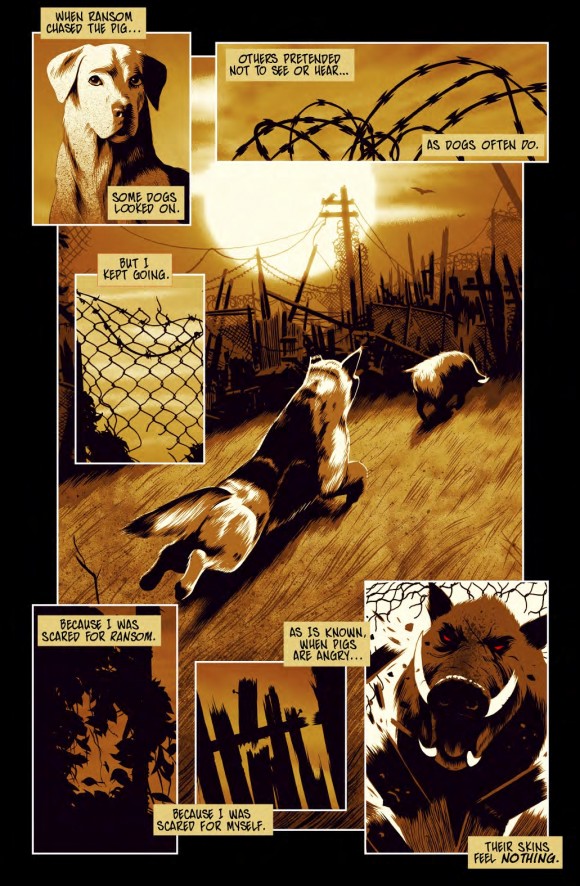
—
By SAMUEL SATTIN
We3. Grant Morrison and Frank Quitely make great comics together, but We3 is a jewel in the crown. It’s not difficult to envision a future where humans experiment on and weaponize animals; mostly because we’ve been doing it for years as is. But We3 takes that notion to the next level in this fast-paced, heartrending adventure of three cyber-enhanced animals attempting to escape from the military, after learning they’re soon to be de-commissioned/put down. We3 is a great study of the relationship between human beings and animals in an increasingly decaying and techno-crazy world.
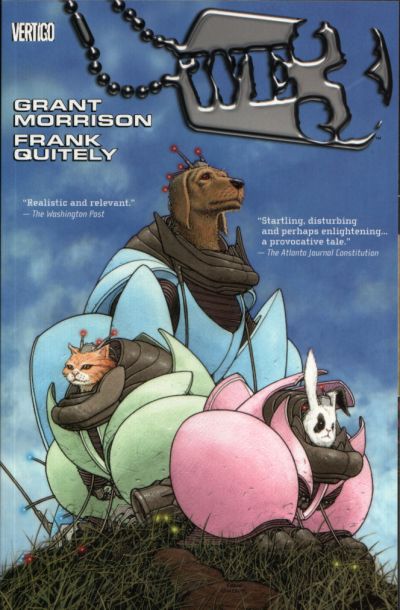
—
Akira. When one thinks of dystopia, one thinks of Akira. Katsuhiro Otomo’s art and storytelling is patently superb, and the city he imagines, a Neo-Tokyo in the throes of civil strife, addiction, and violence after a mysterious, presumed-nuclear explosion leveled the previous city, influenced an entire generation of post-apocalyptic fever dreams, not limited to human mutation and technophobia.
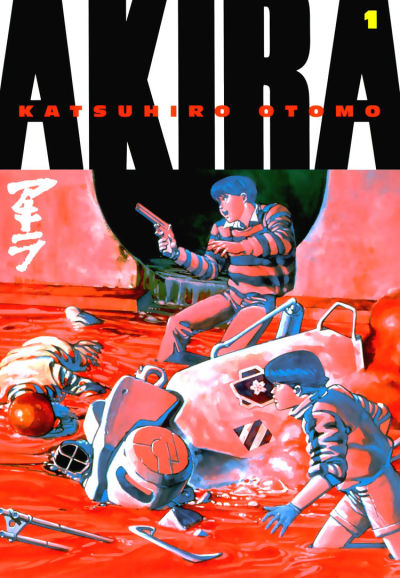
—
Nausicaa of the Valley of the Wind. Reading Nausicaa of the Valley of the Wind makes one wish Hayao Miyazaki would have created more comics. Though not post-apocalyptic in the traditional sense, the world depicted in Nausicaa is one in which the poisoned landscape is a direct result of the mistakes of humanity’s past. Though its length, political imbroglios and character cast can enmesh you in a web of beautiful confusion, it delivers the ultimate payoff.
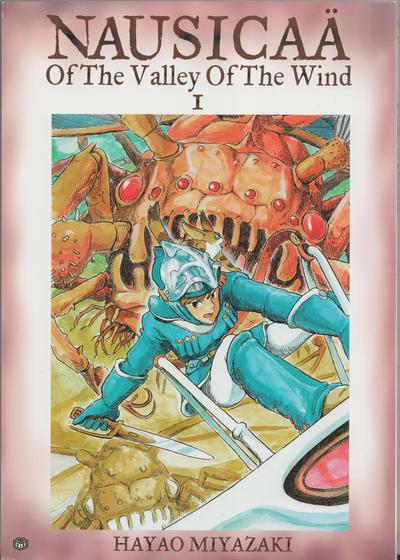
—
Bitch Planet. This series by Kelly Sue DeConnick with art by Valentine De Landro borrows from a great deal of sci-fi conventions, but turns them on their head with its robust and unapologetic commentary on modern patriarchy. Imagining a ‘”What if?” scenario of mammoth proportions, Bitch Planet reminds one of the films of Paul Verhoeven, a story embodying the tradition of Robocop with its dark humor and sharp cultural satire.
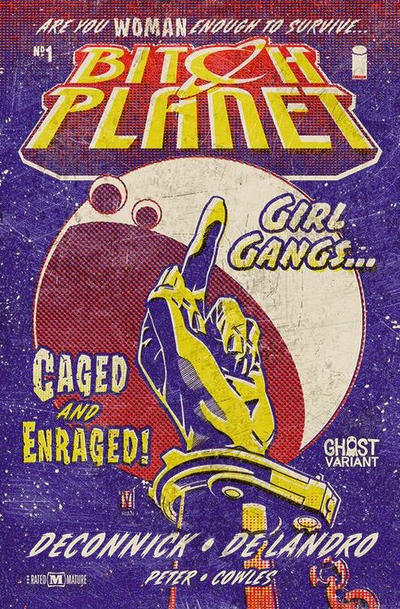
—
Escape from New York. Snake Plissken. Whisper his name three times and from the fallout desert winds he shall emerge, eye-patched, gruff and American Enemy Number One. There is no post-apocalypse without Snake Plissken.
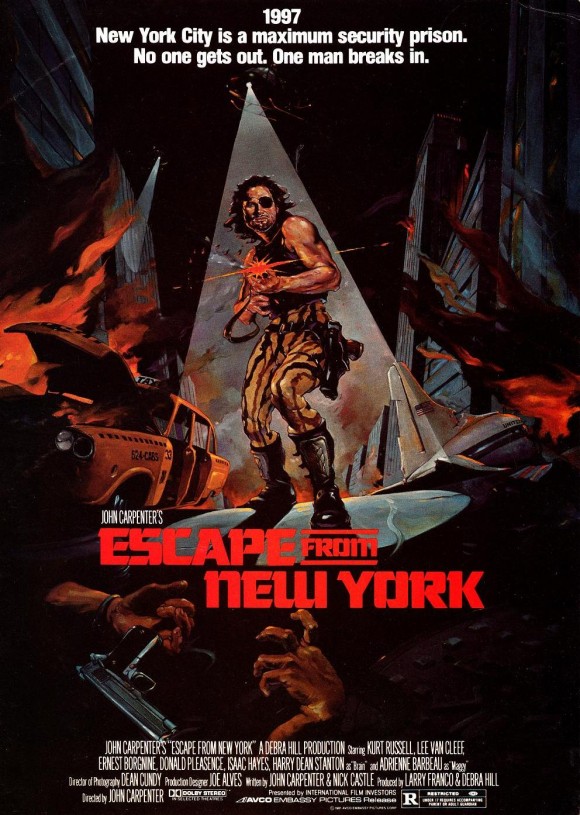
—
The Walking Dead. It should go without saying that Robert Kirkman reinvented the end of the world. His characters have moved from the page to the screen, but comics will always remain their home. In many ways, The Walking Dead isn’t about zombies at all. It’s about how people react to danger, tragedy and the daunting task of rebuilding the world, which is what the best kind of post-apocalyptic stories promise.
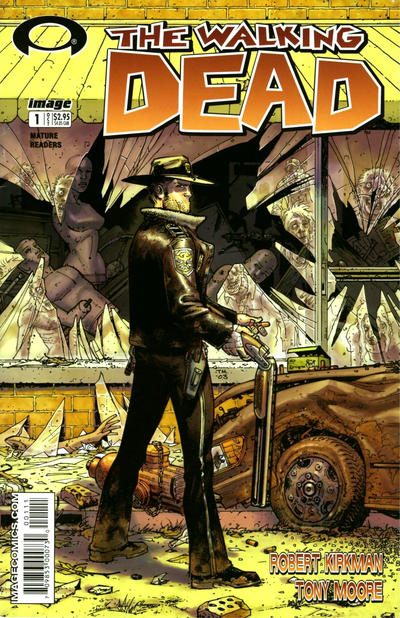
—
Y: The Last Man. This series, which helped catapult Brian K. Vaughan to superstar status, tackles post-apocalyptic themes in a unique way; namely, by all the men in the world dying off, save for one. In lesser hands, this scenario may not have paid off, but Vaughan’s flair for social commentary and detail delivers a story that’s both meaningful and compelling.
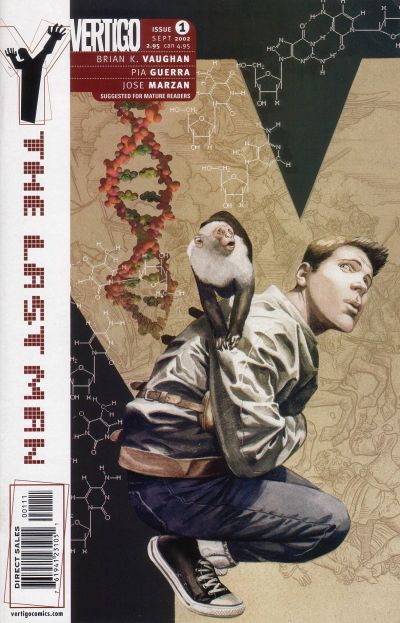
—
The Dark Tower. Helmed by writers Robin Furth and Peter David, this adaptation of Stephen King’s wholly bizarre, wholly amazing novel series is a wonder to behold. Its scorched wastelands and Western themes are emblematic of a world left to ashes and dust, only to be wandered by the lonely and grotesque.
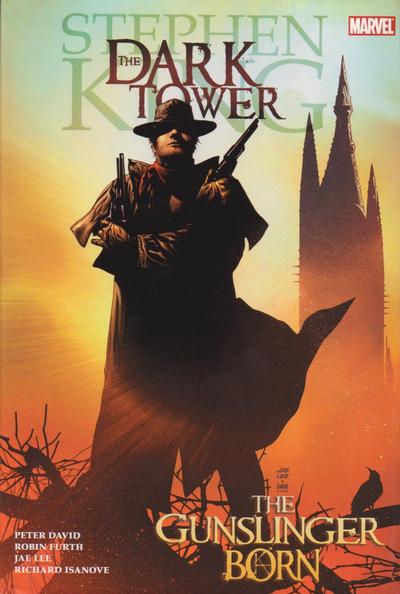
—
The Incal. By Alejandro Jodorowsky and Jean Giraud (Moebius), The Incal serves as an inspiration for an entire litany of modern dystopias. In the cluttered future of Jodorowsky and Moebius’ imagination, suffocated cities are populated by various cults and warring orders. It’s not a classic post-apocalyptic book—it might be thought more of as a bright and vivacious example of dystopia — but its influence can be seen across the entirety of sci-fi.
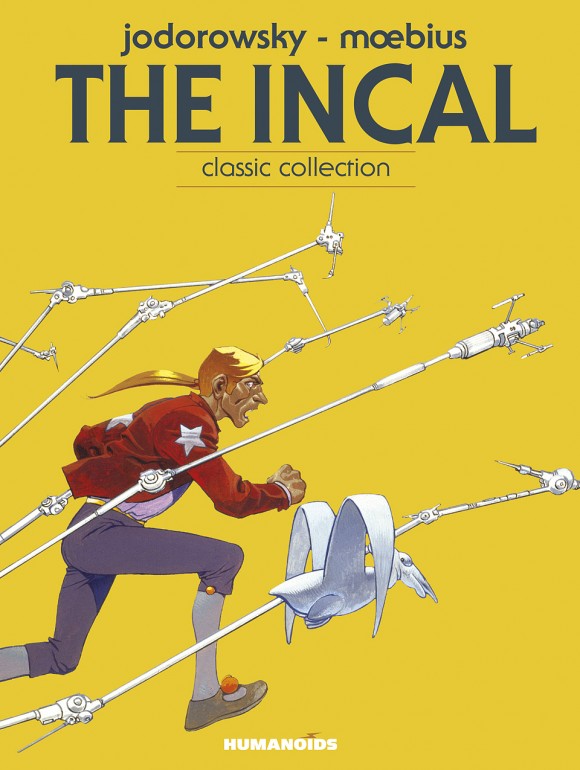
—
Battle Angel Alita. Battle Angel Alita comes to mind as one of the most forthright examples of the post-apocalyptic. Created by Yukito Kishiro, BAA tells the story of Gally, a young female cyborg with no memory of her former self. Discovered in the local dump by a cybernetics expert, she goes on to become a bounty hunter, and soon after, a player of a violent sport known as Motorball. But the best thing about BAA is its understanding of class structure, and the dangers of extreme discrepancies in wealth that pervade the world today. While the poor and forgotten struggle away upon earth in BAA, high above, in a veritable city in the sky, resides Tiphares, where the privileged reside.
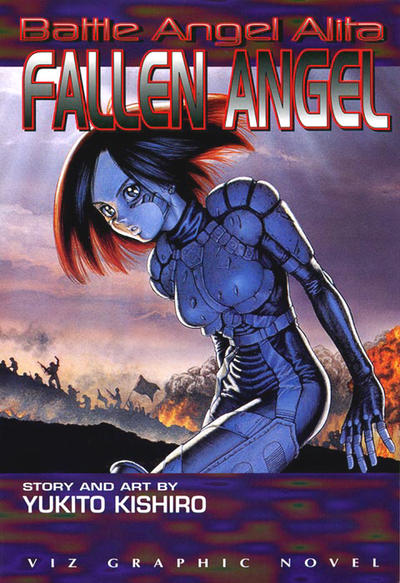
—
The Wrenchies. The Wrenchies is an astounding book. It’s garbage-ridden future, reminiscent of Taiyo Matsumoto’s Takaramachi, is the stuff of beautiful nightmares. Its characters are haunted, and its themes of growing up, profound. Farel Dalrymple’s ravaged future clings to you hard, and never lets go.

—
Space Dumplins. Craig Thompson is typically known for his dramatic flair, but Shrimp Dumplins, an all-ages book full of color and verve, ends up delivering powerful social commentary beneath the radar. Imagining a future in which Earth has been devoured by gigantic space whales, and floating communities are ruled by elite oligarchies, a girl from the equivalent of a trailer park ends up in a whirlwind of adventure after her father is contracted to undertake a dangerous job. An affecting romp, this book manages to be simultaneously lighthearted and emotionally deliberate.
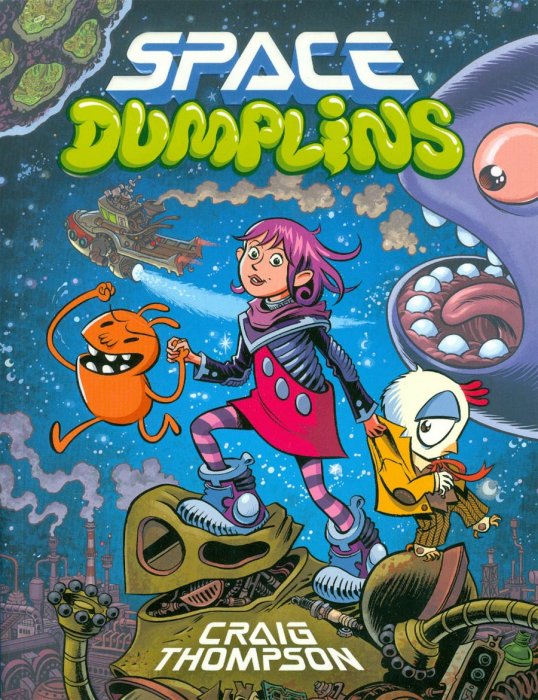
—
Tekkonkinkreet: Black and White. Taiyo Matsumoto is a rock star manga artist whose ecstatic, surreal style has made a big dent worldwide—particularly pertaining to his coming-of-age, post-apocalyptic masterpiece Tekkonkinkreet. Centering in on a pair of orphans in a city ruled by corruption and lawlessness, its themes of escape, brutality, and isolation in a broken world make for an exciting and emotional experience.
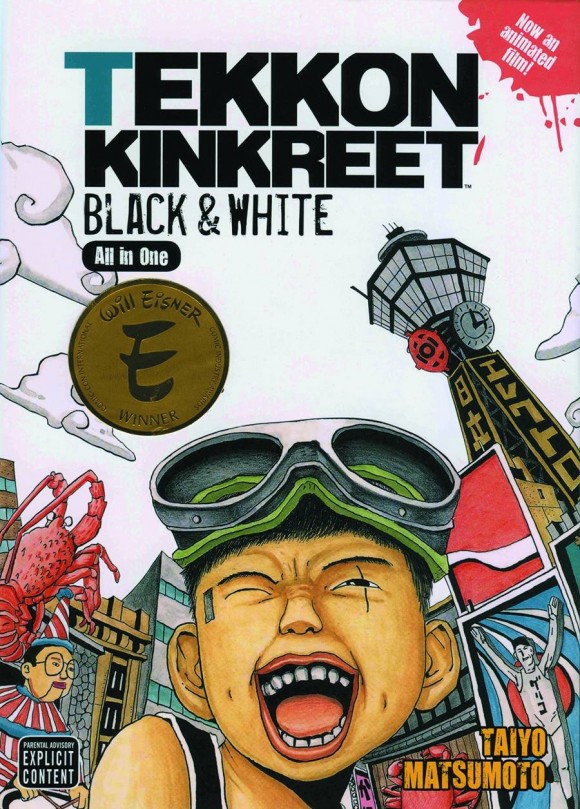
—
Samuel Sattin and Chris Koehler’s Legend Issue #1, from Z2 Comics, is out 5/4. The Final Order Cutoff for your retailer is 3/24. Here’s the code: MAR161911.
